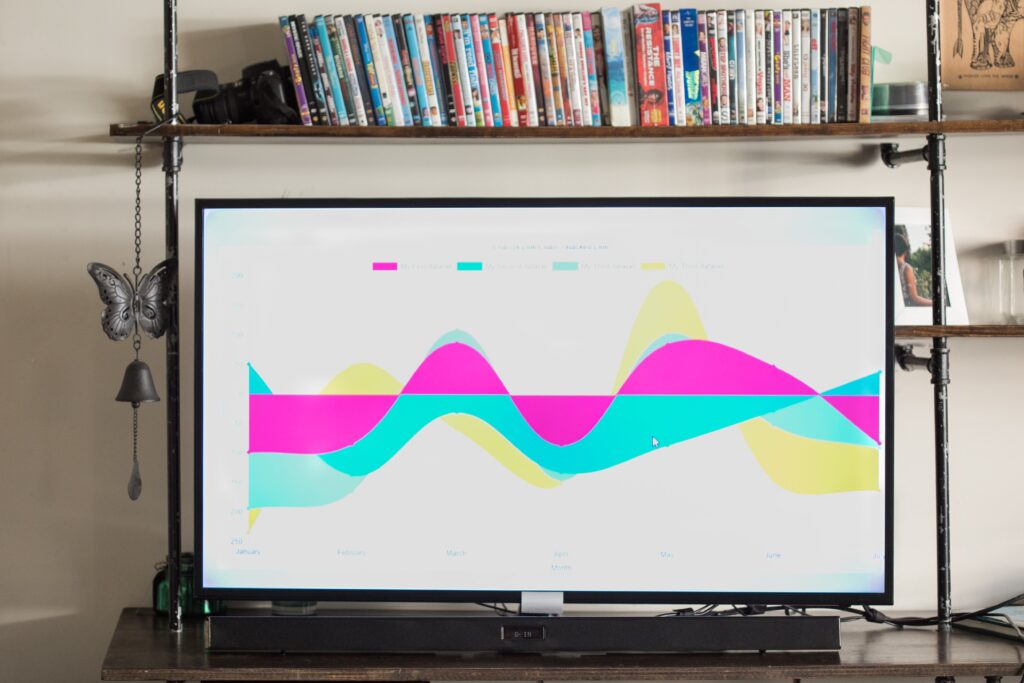In the vast landscape of communication, where words alone may fall short, visual representation emerges as a powerful ally. In a world inundated with information, the ability to convey complex ideas, emotions, and data through visual means is becoming increasingly crucial. But what exactly is visual representation, and why does it hold such sway in our understanding?
Defining Visual Representation:
Visual representation is the act of conveying information, ideas, or concepts through visual elements such as images, charts, graphs, maps, and other graphical forms. It’s a means of translating the abstract into the tangible, providing a visual language that transcends the limitations of words alone.
The Power of Images:
The adage “a picture is worth a thousand words” encapsulates the essence of visual representation. Images have an unparalleled ability to evoke emotions, tell stories, and communicate complex ideas in an instant. Whether it’s a photograph capturing a poignant moment or an infographic distilling intricate data, images possess a unique capacity to resonate with and engage the viewer on a visceral level.

Facilitating Understanding:
One of the primary functions of visual representation is to enhance understanding. Humans are inherently visual creatures, and we often process and retain visual information more effectively than text. Complex concepts that might be challenging to grasp through written explanations can be simplified and clarified through visual aids. This is particularly valuable in fields such as science, where intricate processes and structures can be elucidated through diagrams and illustrations.
Visual representation also plays a crucial role in education. In classrooms around the world, teachers leverage visual aids to facilitate learning, making lessons more engaging and accessible. From simple charts that break down historical timelines to interactive simulations that bring scientific principles to life, visual representation is a cornerstone of effective pedagogy.
Data Visualization:
In an era dominated by big data, the importance of data visualization cannot be overstated. Raw numbers and statistics can be overwhelming and abstract, but when presented visually, they transform into meaningful insights. Graphs, charts, and maps are powerful tools for conveying trends, patterns, and correlations, enabling decision-makers to glean actionable intelligence from vast datasets.
Consider the impact of a well-crafted infographic that distills complex research findings into a visually digestible format. Data visualization not only simplifies information but also allows for more informed decision-making in fields ranging from business and healthcare to social sciences and environmental studies.
Cultural and Artistic Expression:
Visual representation extends beyond the realm of information and education; it is also a potent form of cultural and artistic expression. Paintings, sculptures, photographs, and other visual arts serve as mediums through which individuals can convey their emotions, perspectives, and cultural narratives. Artistic visual representation has the power to transcend language barriers, fostering a shared human experience that resonates universally.
Conclusion:
In a world inundated with information, visual representation stands as a beacon of clarity and understanding. Whether it’s simplifying complex concepts, conveying data-driven insights, or expressing the depth of human emotion, visual elements enrich our communication in ways that words alone cannot. As we navigate an increasingly visual society, recognizing and harnessing the power of visual representation is not just a skill but a necessity for effective communication and comprehension. So, let us embrace the visual language that surrounds us, unlocking a deeper, more nuanced understanding of the world.